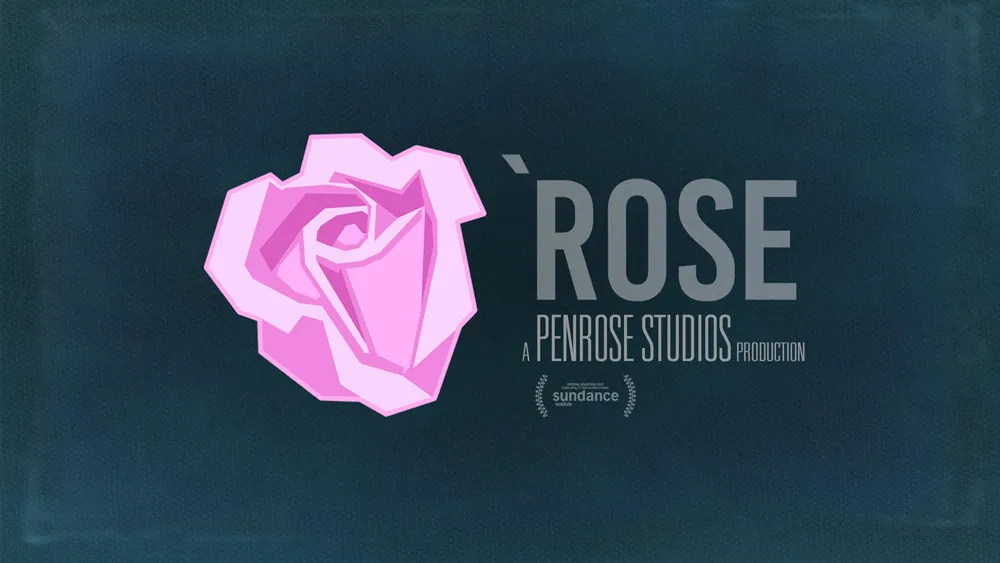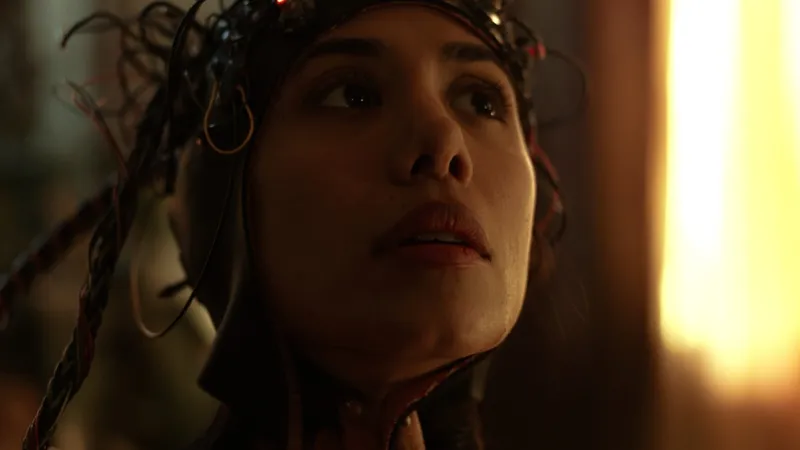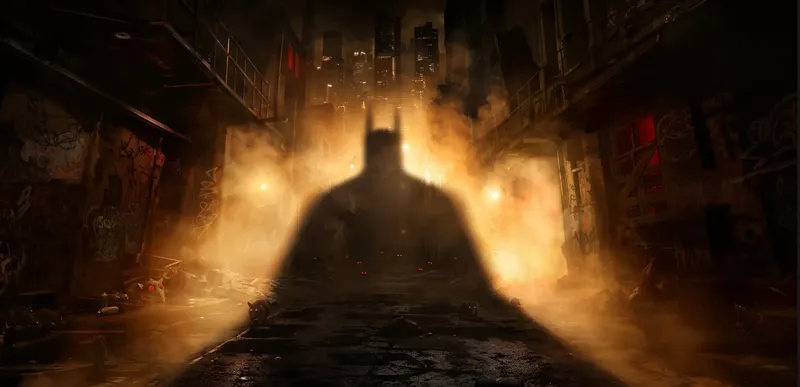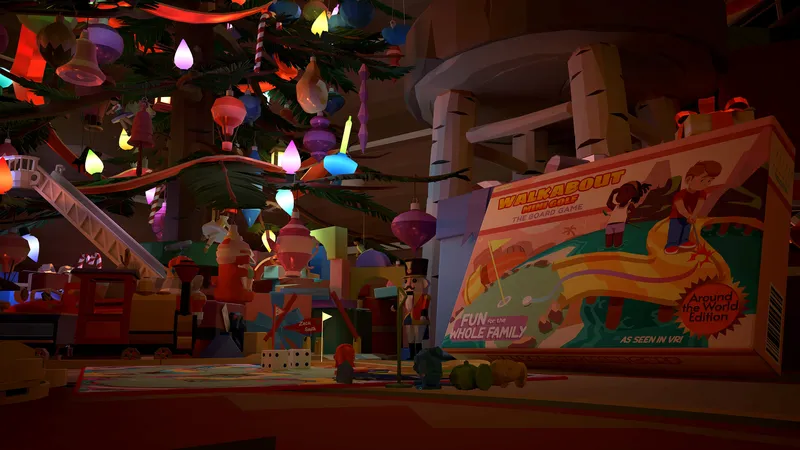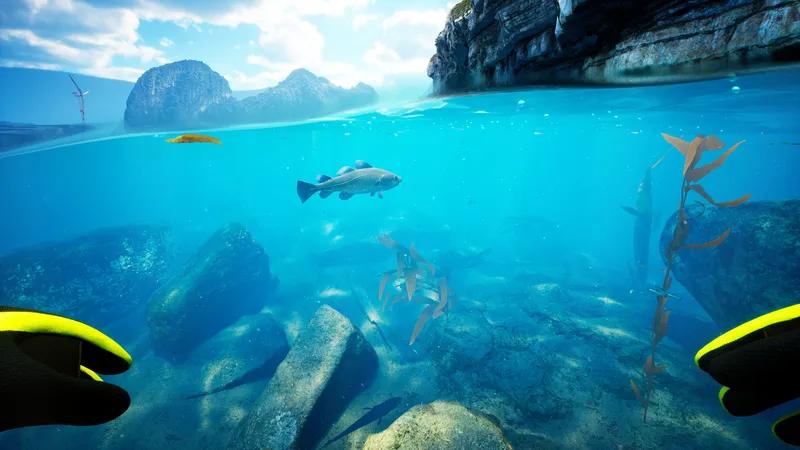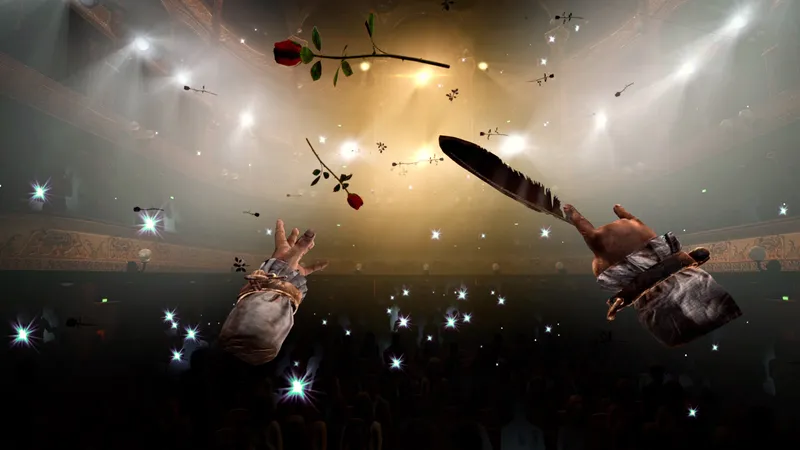For a while now, one of my favorite Oculus Rift DK2 demos to show people has been The Rose and I. Developed by Penrose Studios, a VR studio founded by former Oculus Story Studio head Eugene Chung, the experience flexes the boundaries of the DK2’s tracking system, allowing you to walk around the virtual space a bit. The freedom of movement in the app allows the user to direct the way they view the story, assigning meaning and agency to the user. It is a powerful, albeit simple, demonstration of the power of positionally tracked storytelling. So how the heck is it coming to the Gear VR, a platform that doesn’t have any positional tracking (unless you hack it in)?
That was the challenge faced by Penrose Studios when creating the Rose app for Gear VR. Their solution? A new, innovative system the studio is calling “Torbit.”
Torbit, or Touch Orbit, is fairly simple. The developer places an anchor point in the scene, in this case, the planet. From there a user simply touches the pad and rotates their head in the direction they want to go, and the scene spins along the anchor point’s axis. For example you might start with the ‘front’ of the planet facing you, but you want to get a better look at the character’s expressions from the opposite angle. You would simply touch the pad and rotate your head left or right and you would orbit around the planet to the other side, same with motions on the x and y-axis. You are also able to “lean” in and out of objects by pressing up or down on the touchpad. The experience takes a second to get used to, but once you do it feels natural and works as a great solution for certain types of content.
The Rose app will launch with a toned down preview version of the full Rose and I experience, which will premiere at the Sundance Film Festival on a desktop based VR platform that will be named at a later date. In order to make the experience run on the Gear VR the team had to significantly tone down the complexity of the scenes. “The graphics unit of the Galaxy S6 is 150 times less powerful than the Titan Black Graphics Cards that we are using on our PCs,” the studio said in a prepared statement. “We had to make various optimizations, such as the use of unlit materials and dot product lighting. We also had to make judicious decisions to reduce, or in some cases cut out, parts of the experience. For example, we disabled all post processing, such as bloom, on the GearVR and removed all the dust particles. Despite these changes, we strived to maintain the charm and delightfulness that is the core essence of our experience.”
Having run through The Rose and I more times than I can count, I think it is safe to say that Rosebud (which is the name that the team is assigning to the toned down experience on Gear) replicates the feeling of the full experience quite well. On the desktop version, things like color tend to pop more, but the narrative itself holds water on the Gear VR.
Rose is available now in the Gear VR store, and it is free – so there is no reason to not go out and try it.

